
Harvest the Wind
America’s Journey to Jobs, Energy Independence, and Climate Stability
Recommendation
Renewable-energy champion Philip Warburg offers a detailed, unified, well-researched report on wind power and the contributions it can make to America’s energy future. getAbstract finds that he presents his case for wind power with persuasive facts and figures, as well as careful reasoning and a good dose of passion. Is he totally objective? Well, maybe not...he has an argument to make, and he makes it vividly, in hopes that his inspirational report will persuade even ardent fossil-fuel and nuclear-energy advocates to harness America’s wind-power potential.
Summary
About the Author
Environmental advocate Philip Warburg was president of the Conservation Law Foundation from 2003 to 2009. He’s a former staff lawyer at the Environmental Law Institute in Washington, DC and former head of the Tel Aviv-based Israel Union for Environmental Defense.








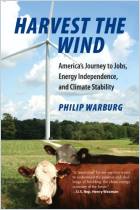
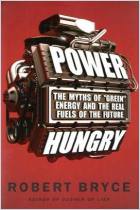
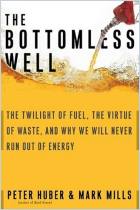
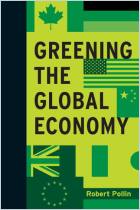
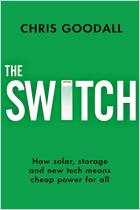
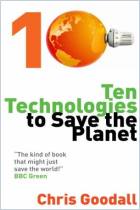

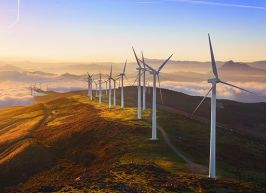

Comment on this summary or Начать обсуждение